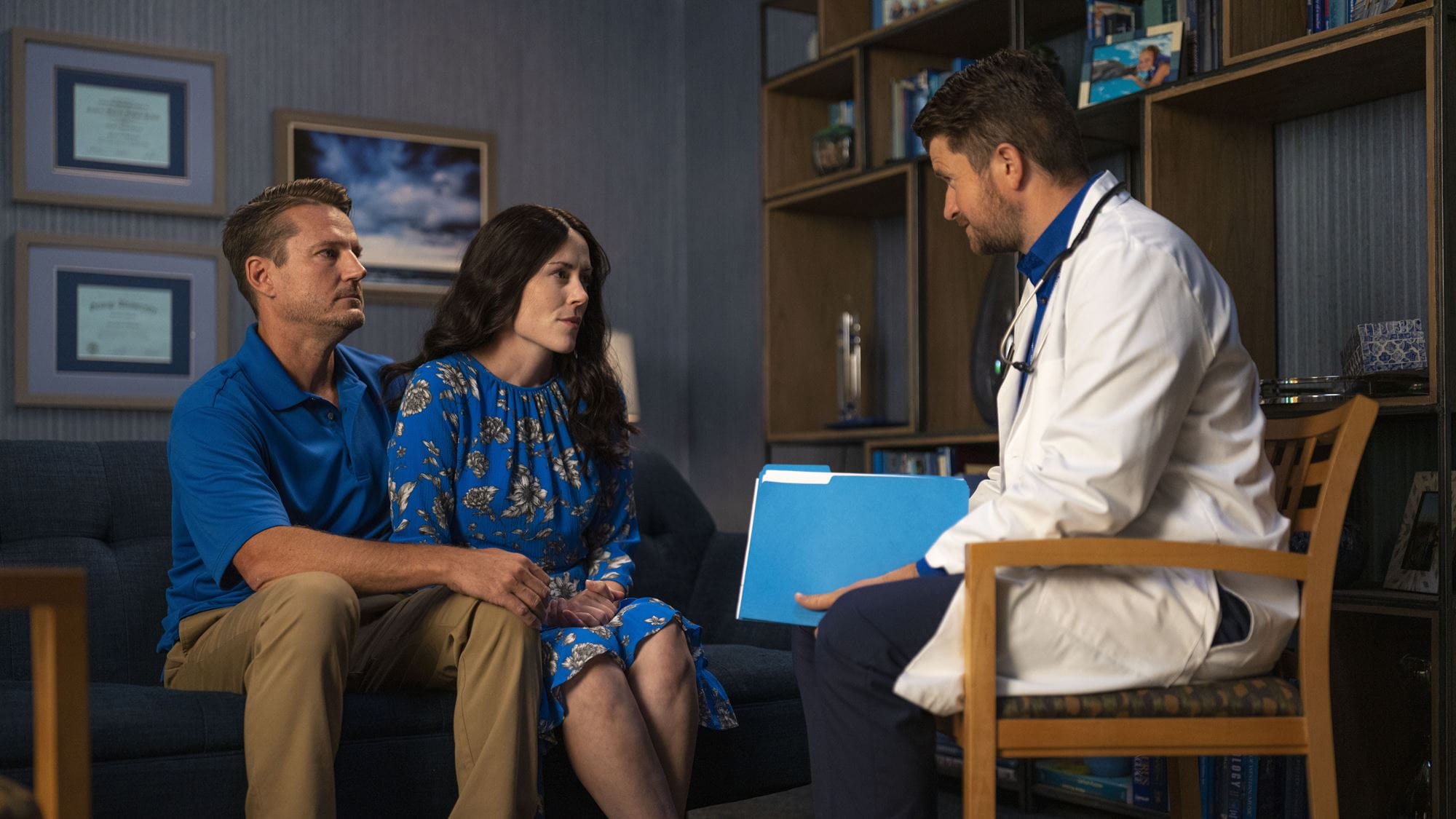What is anal cancer?
The anus is the opening at the lower end of the intestines. When you eat, food passes from the stomach to the small intestine. It then travels from the small intestine to the lower intestine (colon). The colon absorbs water and salt from the food. The rest is then passed out of the body as waste through the anus.
Like the other organs and muscles in your body, the anus has cells that grow and multiply. If these cells become cancerous, you may develop anal cancer.
Anal cancer is most often found in the smooth squamous cells that line most of the anal canal. These are called squamous cell carcinomas.
Less common are adenocarcinomas, which start in the glandular cells near the rectum. These cells create mucous which helps stool pass through the anal canal.
Either type of cancer can spread to other parts of the body, including the rectum and colon.
Not all tumors that form in the anus are cancerous. Some are benign (noncancerous). Common benign tumors include:
- Polyps. These are small, bumpy growths.
- Skin tags. These are benign growths of tissue that are covered by cells. Skin tags are often mistaken for hemorrhoids.
- Anal warts. These are growths that occur just outside the anus and are usually caused by human papillomavirus (HPV) infection.
If these tumors, or growths, are not detected and removed, they can become cancerous (malignant) over time.
Symptoms and Causes
Symptoms
In early stages, anal cancer may cause no symptoms. Bleeding is often the first sign of the disease. Other symptoms of anal cancer include:
- Rectal bleeding
- Pain or itching in the anal area
- A lump or mass near the opening
- Changes in bowel movements or inability to hold stool in the body (fecal incontinence)
- Mucous or abnormal discharge from the anus
- Swelling around the opening
Causes
The exact cause of anal cancer is not known. Research has shown that many anal cancers are linked to:
- Human papilloma virus (HPV). You can get HPV by having intercourse with someone who has the virus. Not all anal cancers are caused by HPV.
- Anal sex. Both men and women who engage in anal sex have a higher risk of getting anal cancer.
- Multiple sex partners. Having a greater number of sex partners increases you chance of getting HPV.
- Age. As with most cancer, advanced age increase your risk.
- Other cancers. Vaginal, cervical, and penile cancer increase your risk of anal cancer.
- Smoking. Smoking increases your risk of getting most cancers.
- Other medical conditions. Inflammation from lesions, fistulas, hemorrhoids, or irritable bowel syndrome may increase your chances of getting anal cancer.
Diagnosis and Tests
If you have symptoms of anal cancer, your doctor will ask about your medical history to rule out other potential causes and will likely perform a digital rectal exam to feel for lumps or other abnormalities. Other tests may include:
- Endoscopy. During this procedure, a doctor will examine your anus by inserting a thin, flexible tube with a camera on the end. This procedure is usually not painful, and you will likely be given a medicine to help you relax.
- Biopsy. If a suspicious growth is found during the endoscopy, your doctor will take a sample of the growth to examine under a microscope. This will help determine if cancer cells are present.
If cancer is detected, your doctor may order additional imaging tests to see if the cancer has spread. These tests may include:
- Ultrasound. This test uses sound waves to create a picture of your tissues.
- CT (computed tomography) scan. This is a type of x-ray that pieces together multiple images to get a better view of a certain area.
- MRI (magnetic resonance imaging). Radio waves and a magnetic field create pictures of the soft tissues in your body.


